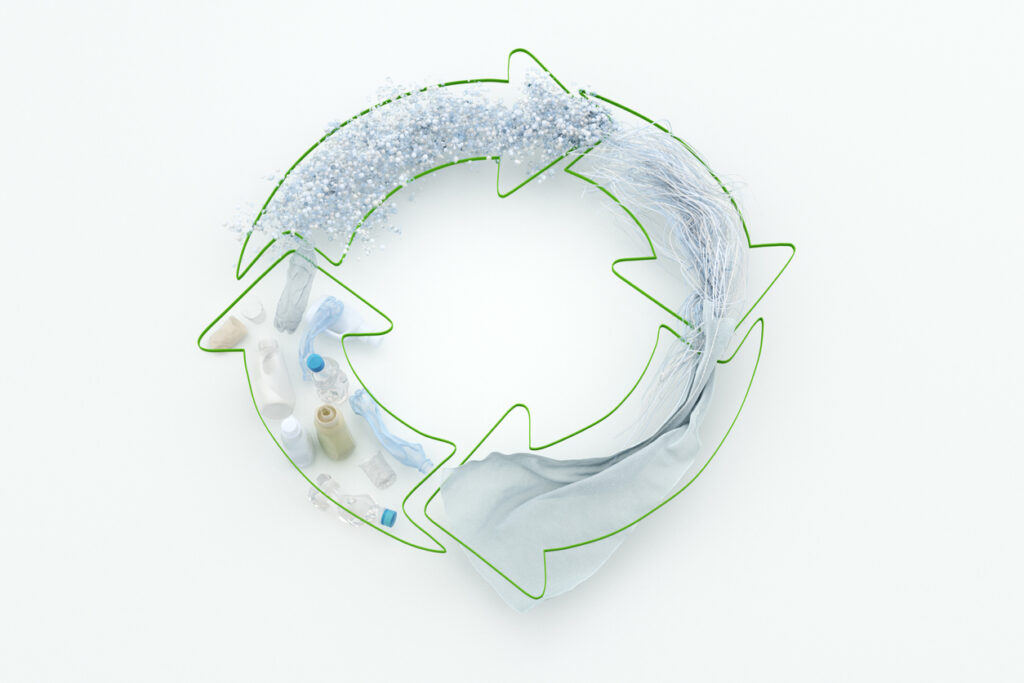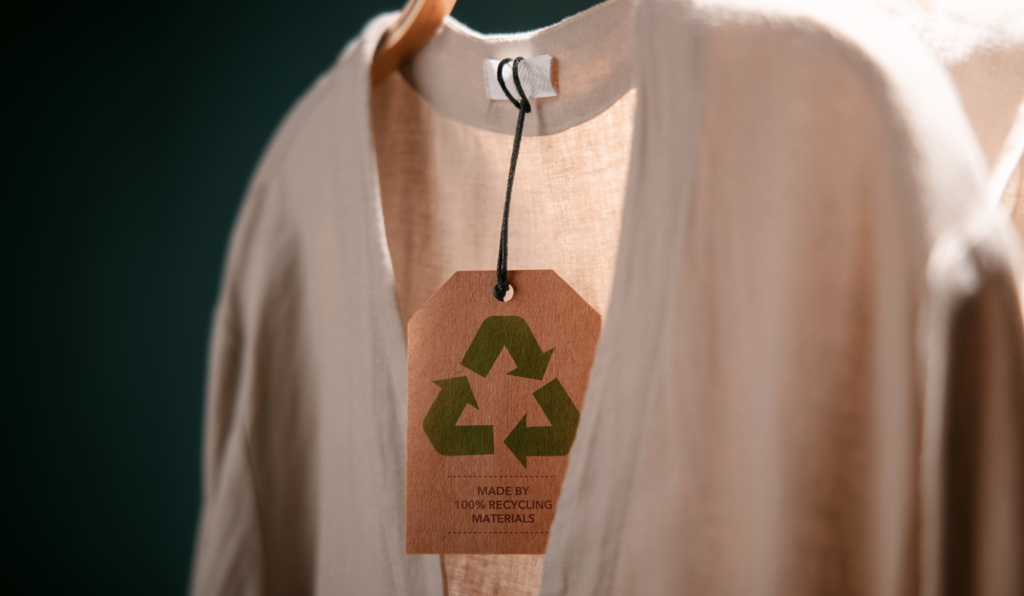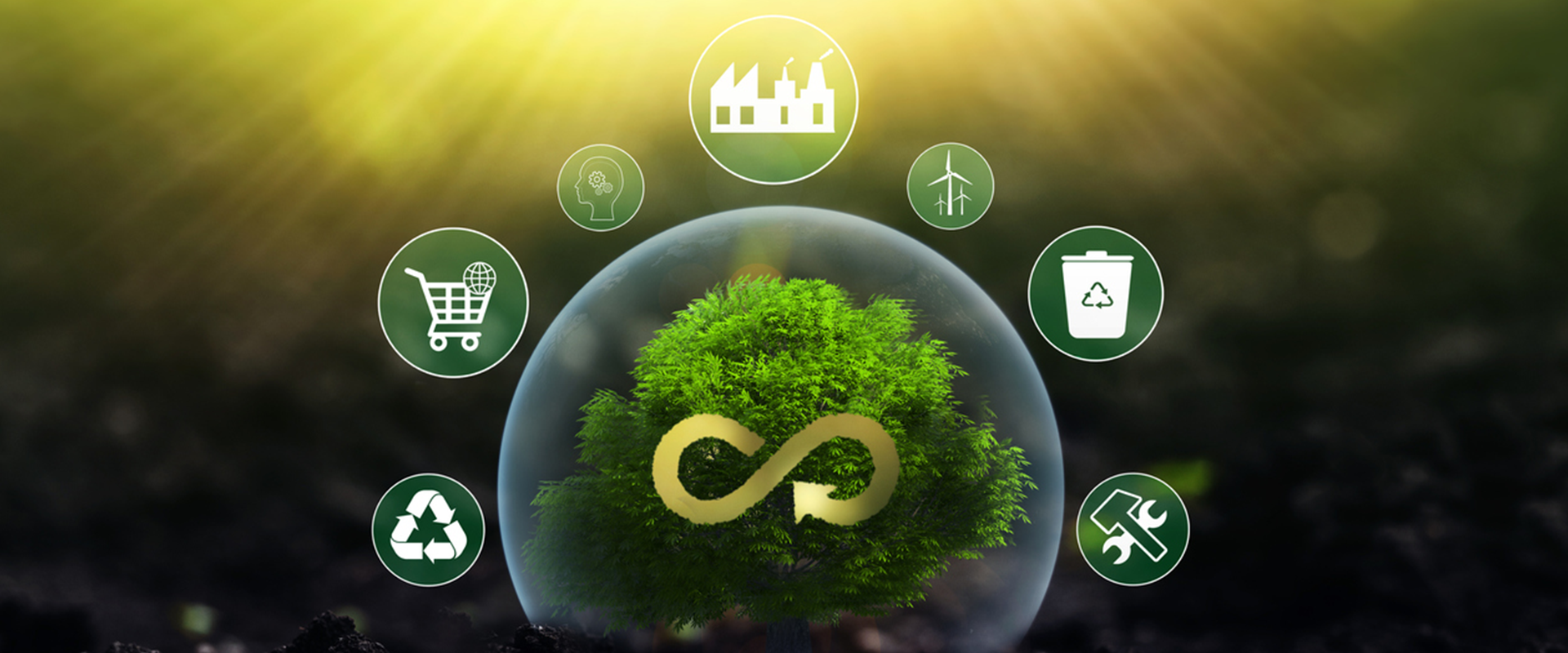Circular economy concept is an alternative to the traditional linear economy, which follows the “take-make-dispose” model. In contrast, the circular economy aims to keep resources in use for as long as possible, extracting maximum value from them and minimising waste.
Some of the most important issues currently confronting the industrial sector include sustainability and ethical production practices. For many years, businesses have created goods that, despite their inventiveness and ability to enhance people’s lives, have a high environmental cost. Now, the manufacturers’ role is to rearrange their manufacturing processes to produce more sustainable products intended to be reused, remanufactured and recycled.
This is not the first time where we dedicate an article to sustainability in the manufacturing sector. We have focused on sustainability in industrial automation in the past where we looked closer at the role of automation and the process of a company growing into a more sustainable business model. Today, we will be discussing the circular economy and how manufacturers are incorporating sustainable practices into their production.
What is the idea of a circular economy?
The circular economy is a method of production and consumption that aims to optimise resource utilisation, minimise waste generation, and maximise the value of products and materials by creating closed-loop systems. The circular economy focuses on extending the life of strong, repairable, and reusable items rather than extracting, consuming, and swiftly discarding Earth’s valuable resources. This eco-friendly paradigm necessitates a thorough re-evaluation of how society functions, provoking individuals to reflect closely on their consumption patterns and effects on the environment.

According to the European Parliamentary Research Service (EPRS), disruptive business models and technologies that boost resource productivity by 30% can help manufacturers transition to a circular economy by the year 2030. Utilising secondary resources will guarantee the availability of raw materials, minimise reliance on imports, and lessen exposure to price volatility.
“Circular economy models offer a clear pathway to achieving our collective climate goals, tackling emissions tied to extraction, processing, manufacturing and landfilling of goods.”
World Economic Forum
Three principles of the circular economy
The main principles of the circular economy is to promote sustainable practices, such as recycling and waste reduction, keeping materials and products in use and regenerating natural systems.
- Design out waste and production
Producers should give top priority to eco-friendly design strategies that reduce waste production and avoid pollution throughout the whole product lifecycle. It can stop the release of greenhouse gases and the contamination of the air, land, and water with hazardous substances.
For some businesses, reducing or even getting rid of waste in the supply chain is not too difficult. Simple actions could include acquiring raw materials from nearby places that require less shipping or moving from plastic packaging to cardboard packing. Other companies would need to spend money on research to develop environmentally friendly production methods and raw materials.
- Keep materials and products in use
One of the best methods to lessen our influence on the environment is to reuse, recycle, and remanufacture things. Manufacturers might utilise tactics like providing repair services, renovating things, or creating take-back programmes to make it easier for customers to return products after using them.

By keeping products in use for longer periods, manufacturers reduce the demand for new resources and the environmental impact associated with the extraction, production, and transportation of raw materials. It also provides opportunities for businesses to create new revenue streams through repair services or the sale of refurbished products.
- Regenerate natural system
Last but not least, the circular economy aims to actively improve the environment and correct human’s impact on the environment, not only prevent harm. It is about supporting and restoring the health of natural habitats.
In order to help achieve this, manufacturers can adopt strategies that prioritise the use of renewable resources, promote biodiversity, and minimise ecosystem degradation. For example, implementing sustainable sourcing practices for raw materials, such as responsibly managed forests for wood-based products or using recycled materials, reduces the strain on natural resources. To reduce their environmental footprint and contribute positively to ecosystems, companies and producers can also focus on implementing regenerative approaches, such as regenerative agriculture or the use of renewable energy sources.
Shift from linear to circular manufacturing
It takes time, strategy, and money to implement the concepts of the circular economy in business. Long-term benefits, however, will outweigh the short-term costs as the world quickly adopts more sustainable practices to address the current ecological challenges.
Manufacturing is a big part of the economy and thus has to change along with the global deadlines. As a lot of countries set targets to achieve net-zero, it is crucial to start transforming facilities now. By reimagining production, consumption, and disposal processes, manufacturers can create a regenerative and restorative production that respects planetary boundaries and reduces carbon footprint.











